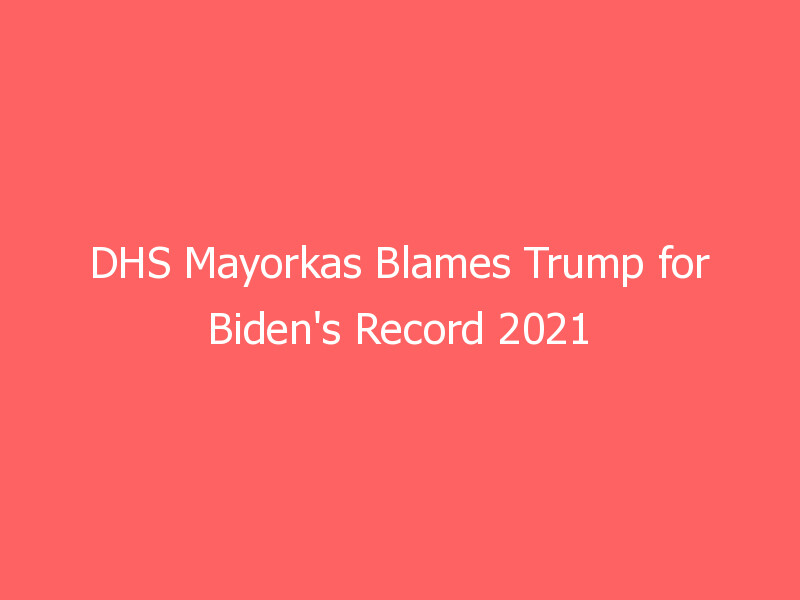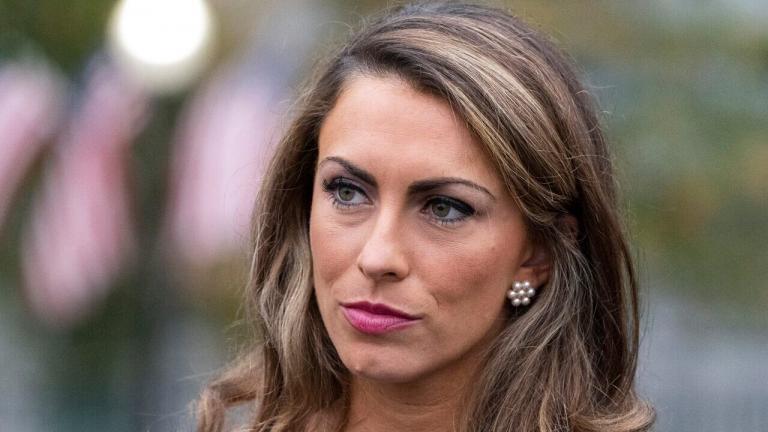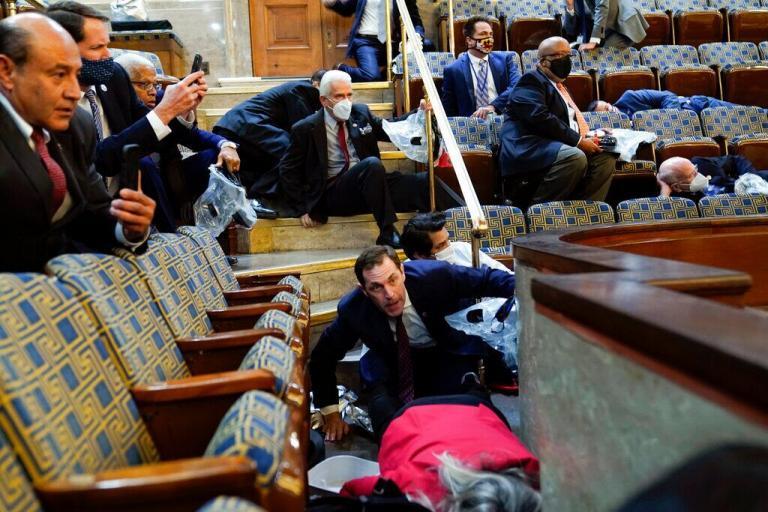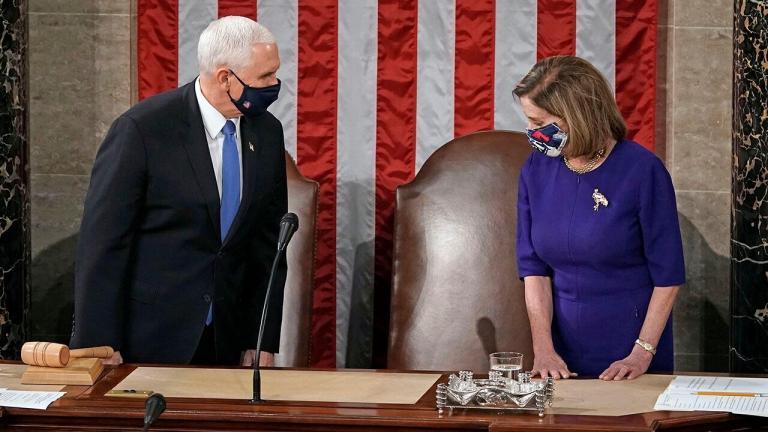“We certainly have a challenge at the border,” Mayorkas said as he fielded easy questions from MSNBC’s Andrea Mitchell on August 2.
We’re following an administration that frankly dismantled our capabilities to address it, and so we are building it from the ground up. We lost four years of investing in the countries from which these individuals are migrating. Our safe and orderly systems were torn down, so we’re rebuilding them. And our plan is in place, and we’re executing it.
Mitchell did not ask Mayorkas to explain how Trump’s success at blocking migration by late-2020 “dismantled our capabilities to address it.” But the Secretary subsequently told Mitchell that “We are … rebuilding the safe and legal and orderly pathways to come to the United States.”
Mitchell did not ask how many foreign workers the Cuban-born Mayorkas plans to extract from poor countries for subsequent use by U.S. employers and investors in Americans’ national labor market.
So far, Mayorjkas has helped to bring 700,000 migrants into the United States. That post-Trump economic policy of labor inflation has given U.S. investors a renewed ability to hire profitable and compliant foreign workers instead of Americans — especially unemployed, disabled, or sidelined Americans.
That huge inflow is lowering nationwide pressure on employers to raise Americans’ wages and is helping to push housing prices upwards. Yahoo News reported July 30:
Job switchers saw their wages grow 5.8% year over year in June, while job holders experienced a 3.1% gain, according to a report by ADP derived from payroll data of 18 million workers. Overall, wage growth decelerated from the first quarter, while still growing 2.3% in June compared with a year earlier.
In contrast, wages grew much faster in Trump’s low-migration economy. In September 2020, the U.S. Census Bureau reported:
Median household income was $68,703 in 2019, an increase of 6.8 percent from the 2018 median of $64,324 … Real median household incomes increased for all regions in 2019; 6.8 percent in the Northeast, 4.8 percent in the Midwest, 6.1 percent in the South, and 7.0 percent in the West.
The Cuban-born Mayorkas is an immigration zealot and has encouraged the great migration by inviting many single men and fragmented families to get through the Title 42 anti-disease barriers set up by the Centers for Disease Control and Prevention.
Roughly half of those families — comprised usually of a mother and a child or two — are trying to join up with their illegal migrant spouse in a U.S. town or city.
Mayorkas is also admitting migrants on the grounds that they have the right to reunite with family members in the United States. He also uses the rules for Unaccompanied Alien Children to admit many young job-seeking men who claim they are 17 or younger. He has also given work permits to perhaps 100,000 migrants from Haiti under the “Temporary Protected Status” program.
The wave of migrants is growing in the hottest part of summer, despite Mayorkas’s prior claims that the migration wave is seasonal.
Mitchell did try to push back against Mayorkas one time. But Mayorkas dodged Mitchell’s tentative question, “Do you have to change the plan though if it is not working?” by exhaling a cloud of cliches:
It is a dynamic situation and we change and we modify as the needs require. We’re investing in the root causes to address the reason why people leave their homes to take the perilous journey.
That takes “years and years,” Mitchell quickly responded.
“That’s why that’s only one part of the plan,” Mayorkas said as he repeated the vague claims that he has told many audiences:
We are also rebuilding the safe and legal and orderly pathways to come to the United States under our laws, so they don’t have to take the perilous journey and arrive in between the ports of entry — [for example] the Central American Minors program that we’ve reconstituted — and other paths.
Overall, businesses want to import more migrants — even very poor migrants — because they spike consumer sales, boost rental rates, cut wages, minimize workforce pushback, and so raise profits and stock values. They also serve as clients for welfare agencies, and eventually, as voters for Democrat activists.
But migration damages ordinary Americans’ career opportunities, cuts their wages, raises their rents, curbs their productivity, shrinks their political clout, and fractures their open-minded, equality-promoting civic culture.
In general, legal and illegal migration moves wealth from employees to employers, from families to investors, from young to old, from children to their parents, from homebuyers to investors, from technology to stoop labor.
Biden’s decision to restart the economic extraction of valuable consumers, renters, and workers from poor countries also helps move wealth — and social status — from heartland red states to the coastal blue states. Within each state, the extraction policy also helps to move wealth and status from GOP rural districts to Democrat cities.
Unsurprisingly, a lopsided majority of Americans oppose labor migration.
Originally found on Breitbart Read More







